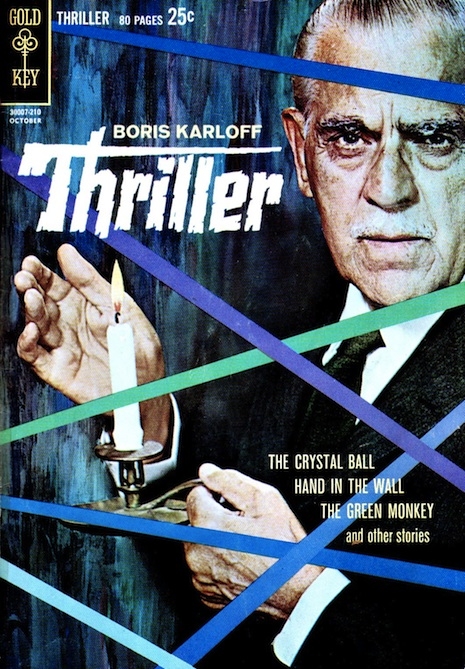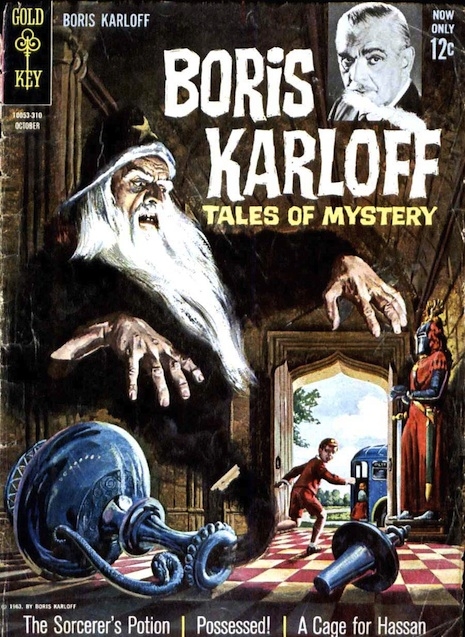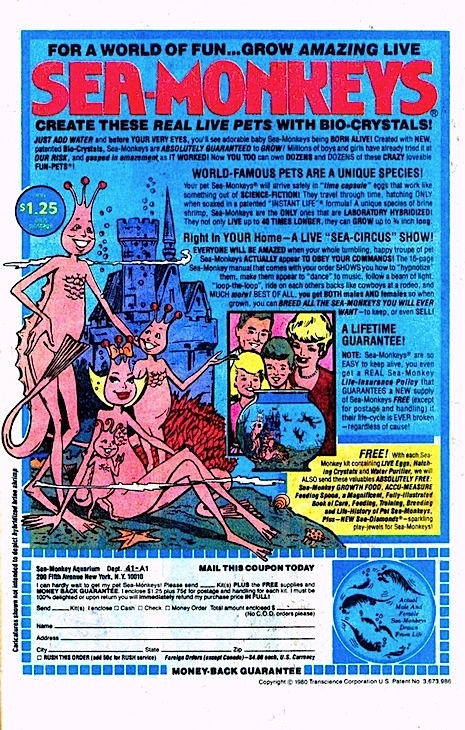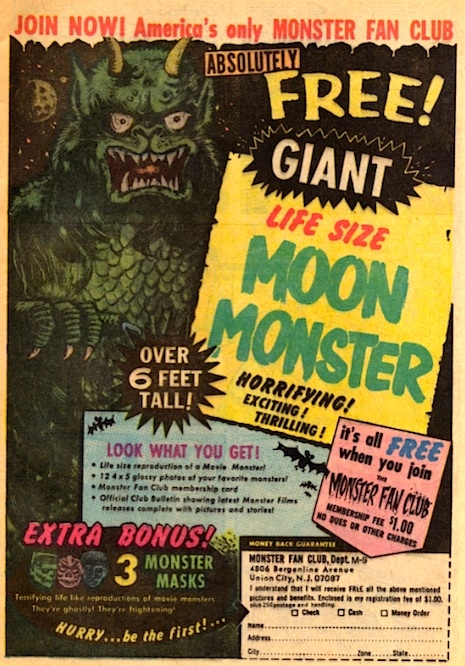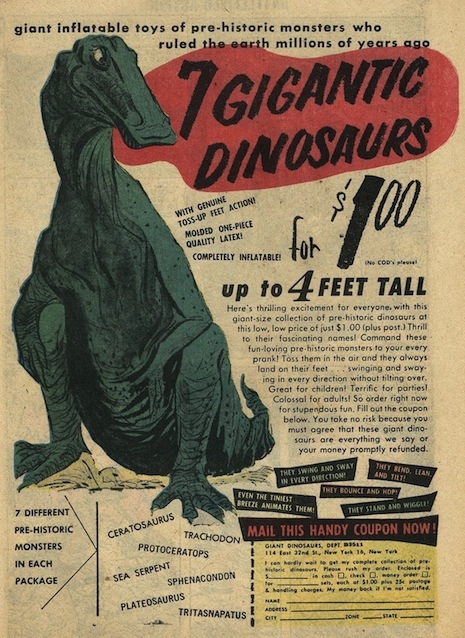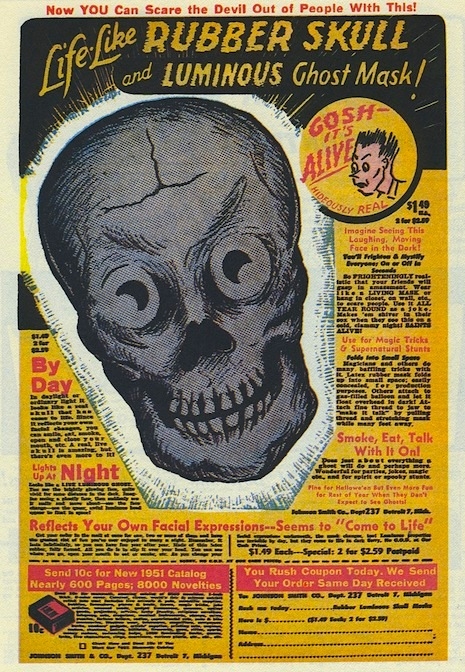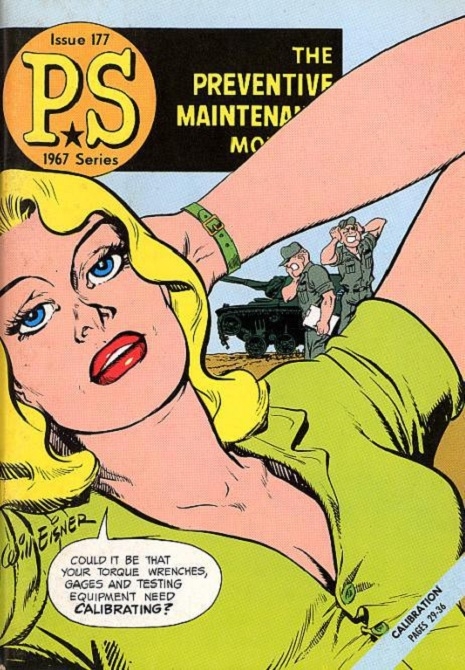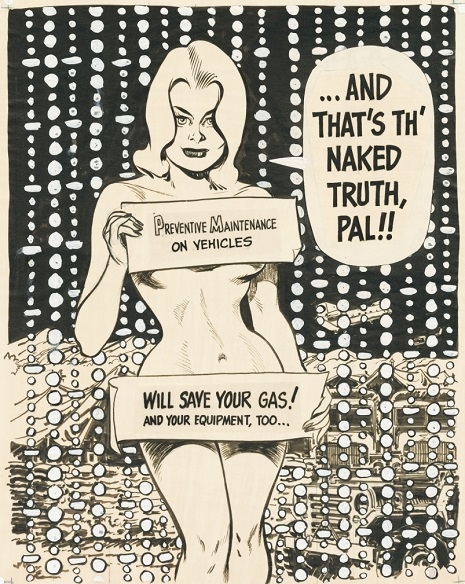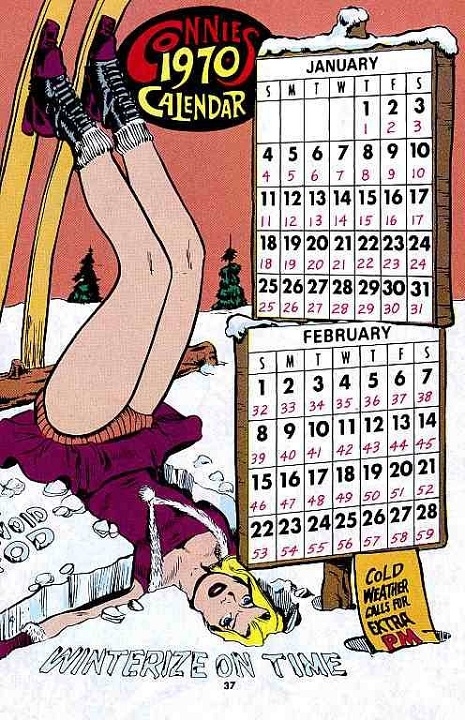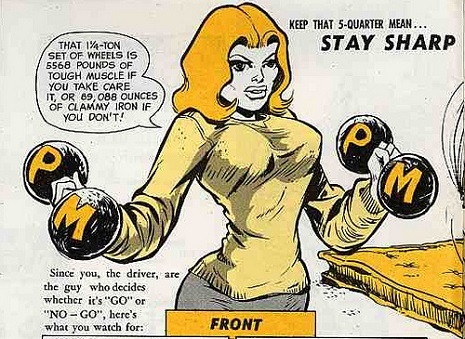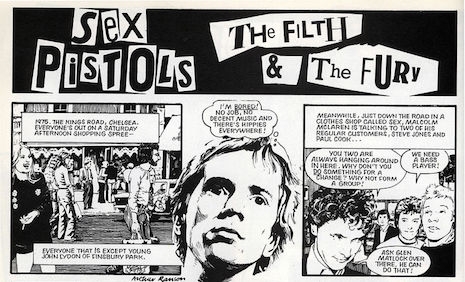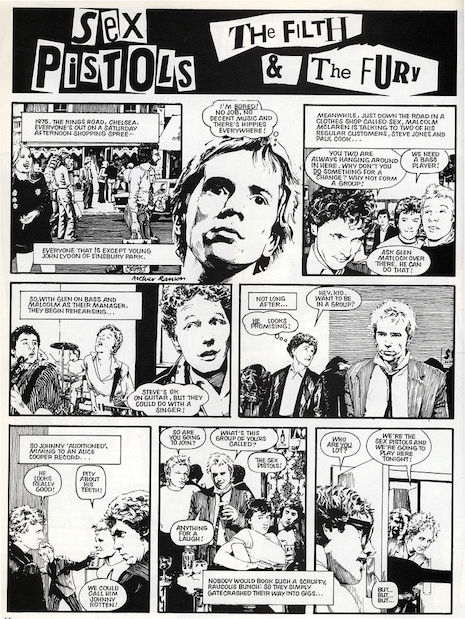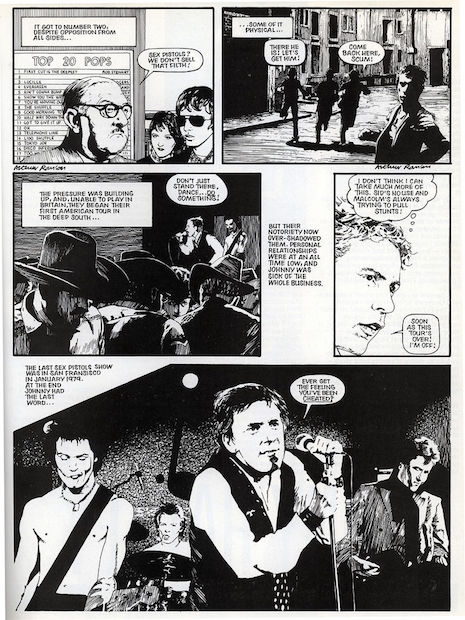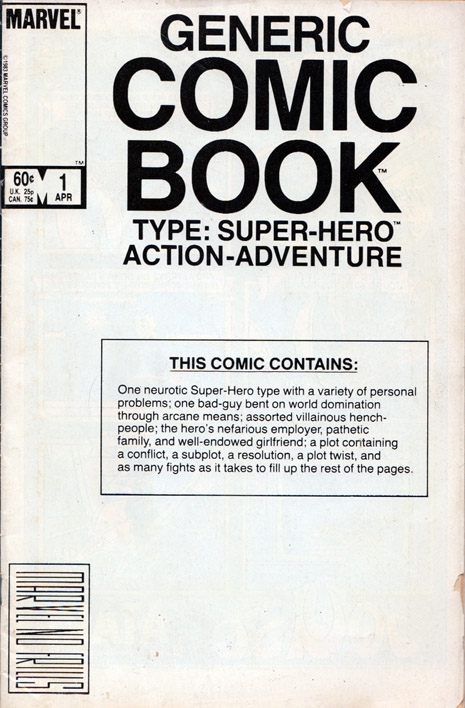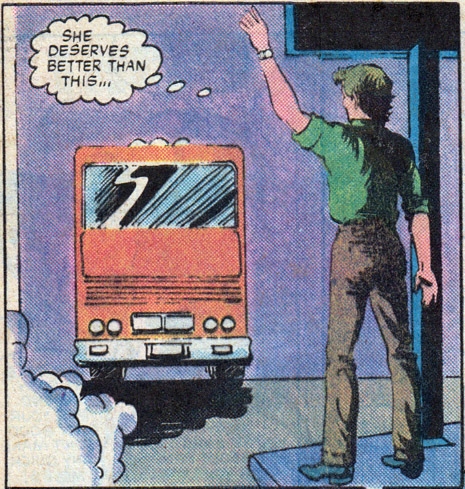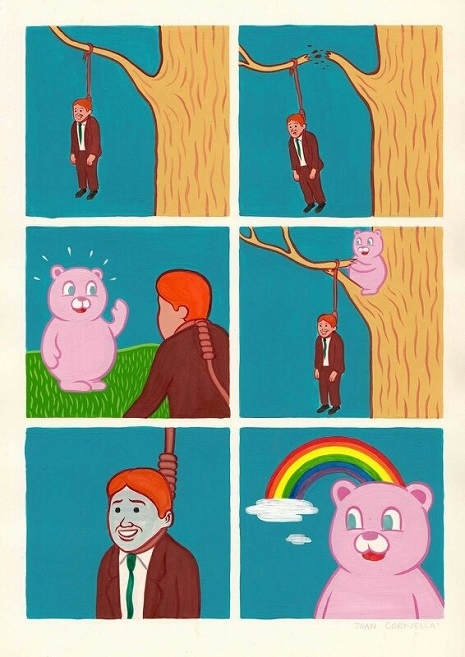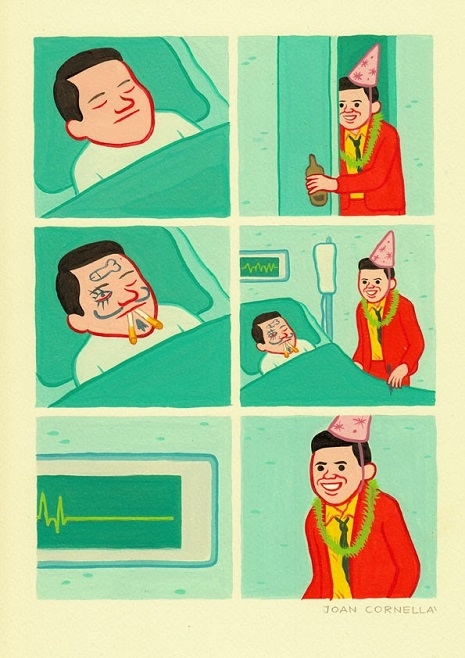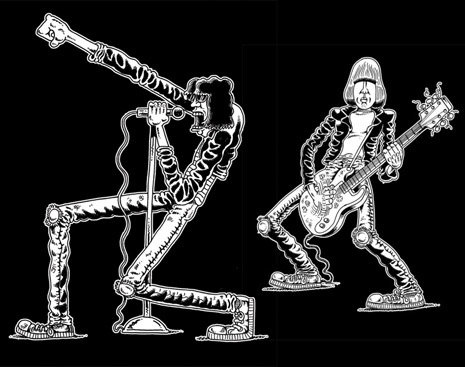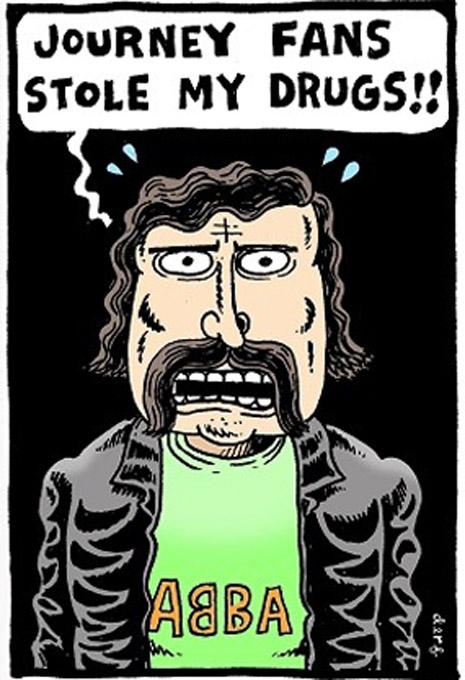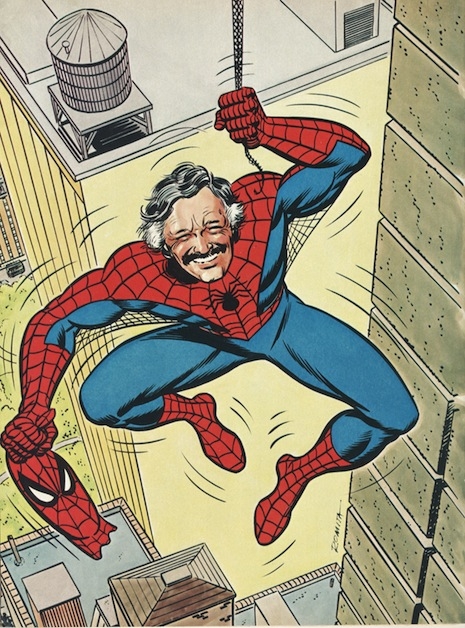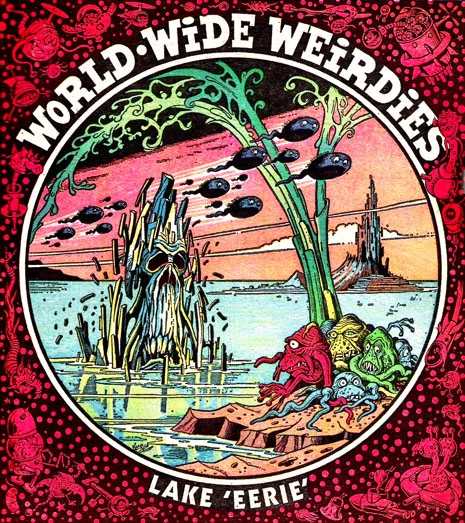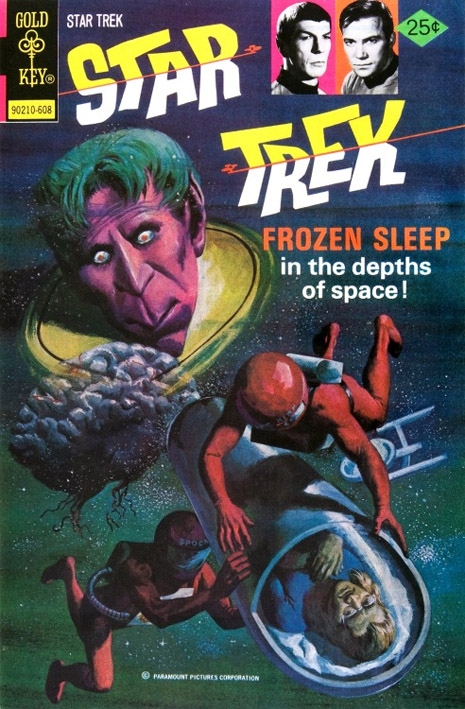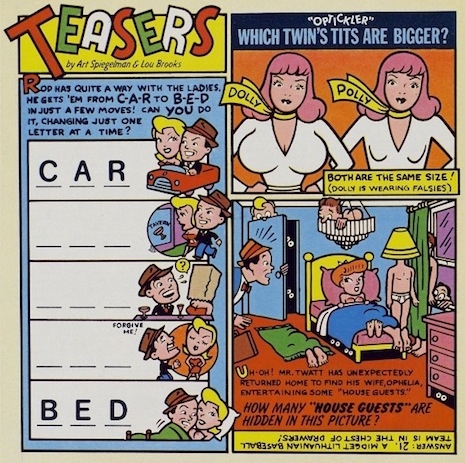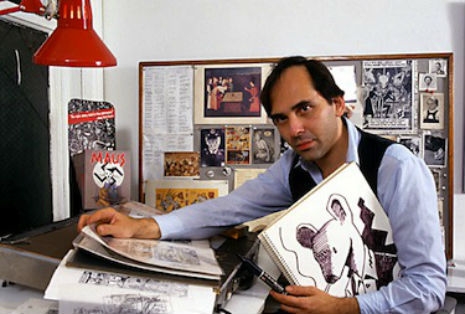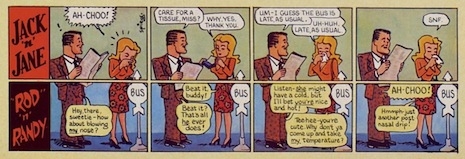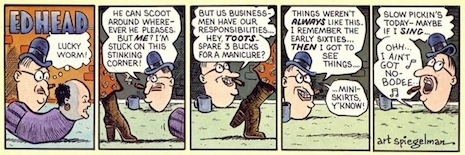
The other day I was trying to describe the work of Fletcher Hanks to a comics collector friend of mine, a fan of Spider-Man and the X-Men and Daredevil, and I made the following analogy: Fletcher Hanks is the Shaggs of superhero comics…. they have the same combination of fascinating (ahem) “excellence” and off-putting weirdness, the same feeling of a direction very much not taken, the same outsider status, the same fervent adoption by devotees.
Hanks drew superhero comics for a terribly short time—1939 to 1941—before dropping off the map altogether. It’s a bit of a miracle that we have so many of his comics in print, and much of that is due to the heroic labors of Paul Karasik, a former RAW employee of Art Spiegelman’s who also collaborated with David Mazzucchelli to create a graphic novel version of Paul Auster’s novel City of Glass in 1994. Hanks first became known to contemporary readers in Art Out of Time: Unknown Comics Visionaries, 1900-1969 edited by Dan Nadel, a fascinating delight for comics lovers, experts, dorks from 2006. In 2007 Karasik published I Shall Destroy All The Civilized Planets! and in 2009 You Shall Die By Your Own Evil Creation!, both of which are highly recommended if you like what you see here. The first volume contains a 16-page comic by Karasik about discovering Hanks’ work and meeting with his (it turns out) estranged son.
Hanks was born in 1887. We know he was married and had a son but then packed up and left around 1930. According to his son, who is named Fletcher Hanks Jr., he was an alcoholic and physically abused his wife and son. We know that he was found, frozen to death on a park bench in Manhattan in January 1976, at the age of 88. Hanks’ work had two primary characters, “Stardust the Super Wizard” and “Fantomah the Mystery Woman of the Jungle,” and a host of less interesting characters like Space Smith, Big Red McLane, and Whirlwind Carter. Hanks used pseudonyms like Hank Christy, Barclay Flagg, Bob Jordan, and Charles Netcher. As Karasik points out in the video below, part of the fascination Hanks exerts is that he is a rare early case of a true auteur, a comics artist who “wrote, penciled, inked, lettered, and, I think, colored his work.”
Stardust is a well-nigh omnipotent space traveler who has prodigious strength, can read people’s thoughts, can control objects with his mind, produce all manner of anti-gravity rays from his body, and generally do whatever he wants. On the page he seems a lot like Magneto of the X-Men but in truth he has a whole lot in common with Dr. Manhattan from Watchmen. Fantomah was similarly prodigiously powered and whenever she used her powers, her face would transform from that of a normal human woman to a blue-skinned skull-like visage with a blond locks of hair, an arresting voodoo-like image.
Stardust bears some resemblance to Superman but in fact ends up being an unwitting critique of Superman, in that a creature who has so many powers ends up being less than interesting. Stardust never faces the slightest resistance in any of his plots. A typical Stardust story features Stardust becoming aware of some nefarious scheme by some gangsters or “fifth columnists” and then zeroing in on the malefactors and stopping them and then either depositing them with the federal authorities (who have done nothing to assist Stardust) or else consigning them to some horrible fate that somehow, poetically, serves as a just comeuppance. The best-known example of that comes in “De Structo & the Headhunter,” in which he punishes the ringleader by reducing him to nothing but a head, while stating “I’ll punish you according to your crime, De Structo. ... You tried to destroy the heads of a great nation, so your own head shall be destroyed.” In another story he turns the head honcho into a rat with a human head.
Here’s Nadel on Hanks, as quoted in Tom Spurgeon’s Comics Reporter blog:
Fletcher Hanks I like graphically. Some people might call him a primitive, but what’s so great about him is that he took this idea of superheroes as gods literally, even before anyone articulated the idea. He made these moving statues. You have characters carved out of granite, moving around the page, and then maybe he got lucky with whomever was coloring the Fiction House stuff. There are these clunky outlines of bodies and this gorgeous flat color laid over it. Icons moving across the page. Granite statues. It’s really intriguing. Every single Fletcher Hanks comic I’ve seen is like that. They’re just these incredible visions of statues in motion. The writing is just bizarre, so intense and vicious—maybe one of the more visceral comics in there.
Hanks’ stories are full of un-nuanced plots and schemes with bad guys who are constantly trying to “enslave” or “destroy” something. Even adjusting for the pre-WW2 atmosphere of fear, these stories are just silly most of the time. What sets Hanks’ works apart are his remarkable compositions and use of color—Karasik is quite right in observing that these strips are so fascinating because they so CLEARLY emanate from one mind. All the compositions are defiantly 2-D, and as Karasik establishes in his second Hanks volume You Shall Die By Your Own Evil Creation!, he frequently reused entire pages in different stories. Hanks’ comics are wildly inert, improbable, at times ugly, yet always bountifully colorful and arresting and distinctive. Hanks showed great imagination in his tropes, which frequently involve Stardust or somebody suspending a phalanx of tanks suspended in mid-air, or rocketing every human being in existence away from planet Earth simultaneously before Stardust can set it right. The vitality of Hanks’ expression isn’t on a par with Winsor McCay and George Herriman but does have something of that flavor of strange distant fever dreams from long ago…...

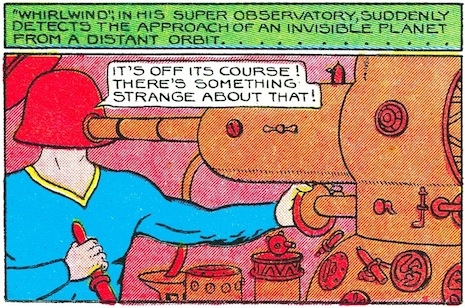


More amazing Fletcher Hanks frames and a Q&A with author Paul Karasik, after the jump…...
Posted by Martin Schneider
|
12.11.2014
01:48 pm
|
